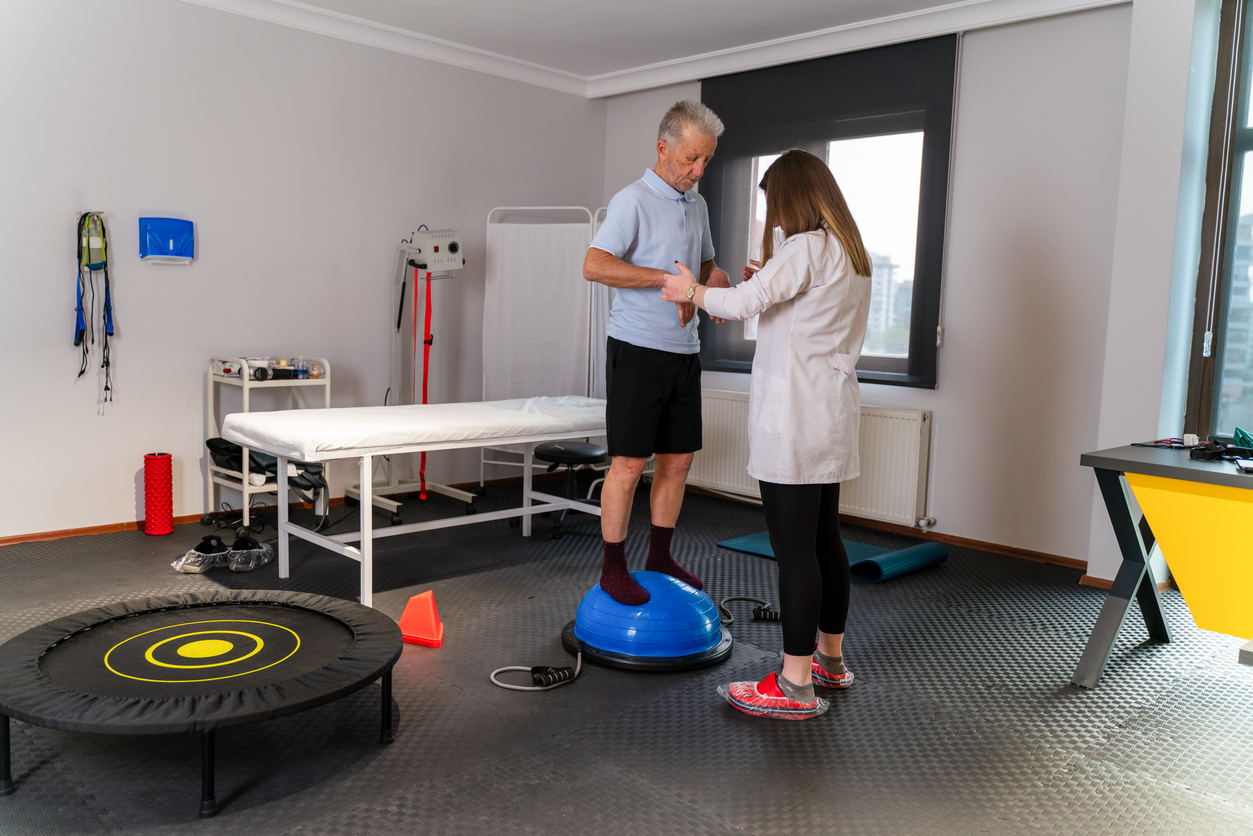Treatments
What Is Kinesiology Tape?

Kinesiology tape is a therapeutic tool created in the late 1970s by a Japanese chiropractor, Dr. Kenzo Kase. It is a stretchy, adhesive tape that is designed to move with the body rather than restricting it. It is usually used in the sporting arena for the prevention and treatment of various sports injuries. The use of kinesiology tape aims to provide support, alleviate pain, reduce inflammation, improve athletic performance and accelerate healing. The effectiveness of kinesiology tape is up for debate. Although many people tout its various benefits, more research needs to be done to verify its effectiveness.
When strategically placed on the skin, kinesiology tape lifts the upper layers of the skin to create more space between the dermis and muscle, which relieves pressure on the lymph channels. This allows for improved lymph flow and drainage. The space between the dermis and muscle also contains various nerve receptors that can be compressed during injuries. Kinesiology tape helps relieve compression by lifting the upper layers of skin. The use of kinesiology tape may also help with deeper tissues in the body. Creating more space for muscles to contract allows more fluid to be pushed through the muscles, which can reduce muscle fatigue and increase range of motion.
Kinesiology taping techniques (corrections)
Kinesiology taping involves six basic techniques, which are referred to as corrections. These six corrections aim to do the following:
- Mechanical correction improves stability and biomechanics.
- Fascia correction creates or directs movement of fascia.
- Space correction decreases pressure over a target tissue.
- Ligament/tendon correction decreases stress on a ligament or tendon.
- Functional correction provides sensory stimulation to assist or limit motion.
- Circulatory/lymphatic correction helps to move lymphatic fluid from congested areas.
Possible benefits of using kinesiology tape
The possible benefits of using kinesiology tape include, but are not limited to, the following:
- Reduced muscle fatigue and soreness
- Muscle facilitation
- Reduced pain
- Enhanced healing
- Improved lymphatic drainage and blood flow
- Extra support for muscles and joints
- Improved posture
- Improved biomechanics
- Cost-effective, easily applied and non-invasive treatment
When not to use kinesiology tape
Kinesiology tape should not be used under certain circumstances. These include, but are not limited to, the following:
- It should not be used on an open wound or area of skin damage because an infection could develop.
- It should not be used on areas around a known cancer.
- If an individual has deep vein thrombosis (DVT) or is thought to have it, kinesiology tape should not be used because increased fluid flow could cause a blood clot to dislodge.
- Anyone who has had a lymph node removed should avoid using kinesiology tape because it could cause swelling.
- It should not be used by individuals with neuropathy or in areas that have reduced sensation because a negative reaction to the tape may not be apparent.
- Individuals with skin sensitivity to adhesives should do a patch test before using kinesiology tape to determine if a reaction occurs.
- Individuals who have fragile or delicate skin should avoid using kinesiology tape.


















